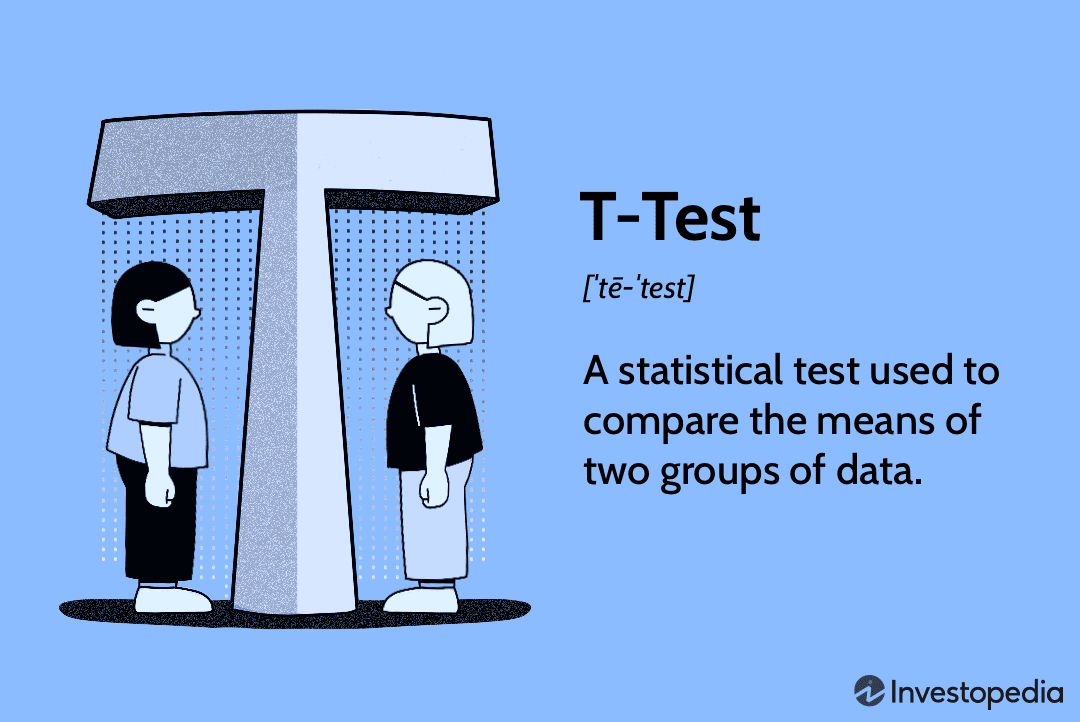Descriptive statistics is a branch of statistics that deals with the collection, organization, analysis, and interpretation of data. It is used to describe the characteristics of a given population or sample. Descriptive statistics can be used to summarize data, such as the mean, median, mode, and standard deviation. It can also be used to describe relationships between variables, such as correlation and regression. In SPSS, descriptive statistics can be used to quickly and easily summarize data and to create graphical representations of the data. This can be useful for exploring data and understanding relationships between variables.
Exploring Descriptive Statistics in SPSS: A Step-by-Step Guide
Introduction
Descriptive statistics are a powerful tool for summarizing and understanding data. They provide a way to quickly and accurately summarize large amounts of data, allowing researchers to draw meaningful conclusions from their data. This guide provides a step-by-step approach to using SPSS to explore descriptive statistics. It will cover the basics of descriptive statistics, how to access and use the SPSS software, and how to interpret the results.
What are Descriptive Statistics?
Descriptive statistics are a set of techniques used to summarize and describe data. They provide a way to quickly and accurately summarize large amounts of data, allowing researchers to draw meaningful conclusions from their data. Descriptive statistics can be used to describe the overall characteristics of a dataset, such as the mean, median, mode, range, and standard deviation. They can also be used to compare different groups of data, such as the differences between males and females or between different age groups.
Using SPSS for Descriptive Statistics
SPSS is a powerful statistical software package that can be used to explore descriptive statistics. To access the SPSS software, open the program and select the “Analyze” tab. From there, select the “Descriptive Statistics” option. This will open a window with several options for exploring descriptive statistics.
The first step is to select the variables that you want to analyze. To do this, click the “Variables” button and select the variables that you want to analyze. Once you have selected the variables, click the “OK” button to continue.
The next step is to select the type of descriptive statistics that you want to explore. To do this, click the “Statistics” button and select the type of descriptive statistics that you want to explore. Once you have selected the type of descriptive statistics, click the “OK” button to continue.
The final step is to interpret the results. To do this, click the “Output” button and select the type of output that you want to view. This will open a window with the results of your analysis. The results will include the descriptive statistics that you selected, as well as any other relevant information.
Conclusion
Descriptive statistics are a powerful tool for summarizing and understanding data. They provide a way to quickly and accurately summarize large amounts of data, allowing researchers to draw meaningful conclusions from their data. This guide provides a step-by-step approach to using SPSS to explore descriptive statistics. It covers the basics of descriptive statistics, how to access and use the SPSS software, and how to interpret the results. With this guide, researchers can easily and accurately explore descriptive statistics in SPSS.
How to Interpret Descriptive Statistics in SPSS
Interpreting descriptive statistics in SPSS involves analyzing the data to gain insight into the characteristics of the sample. Descriptive statistics provide a summary of the data, including measures of central tendency (mean, median, and mode) and measures of variability (standard deviation, range, and interquartile range).
To interpret descriptive statistics in SPSS, begin by selecting the appropriate descriptive statistic to analyze. For example, if the data is normally distributed, the mean is the best measure of central tendency. If the data is skewed, the median is the best measure of central tendency. Once the appropriate descriptive statistic has been selected, the data can be analyzed to gain insight into the characteristics of the sample.
For example, if the mean is used to analyze the data, the mean can be compared to the median to determine if the data is skewed. If the mean is significantly higher than the median, the data is positively skewed. If the mean is significantly lower than the median, the data is negatively skewed.
In addition to comparing the mean and median, the standard deviation can be used to determine the spread of the data. A low standard deviation indicates that the data is clustered around the mean, while a high standard deviation indicates that the data is spread out.
Finally, the range and interquartile range can be used to determine the variability of the data. The range is the difference between the highest and lowest values in the data set, while the interquartile range is the difference between the upper and lower quartiles. A large range and interquartile range indicate that the data is highly variable, while a small range and interquartile range indicate that the data is relatively consistent.
By analyzing the descriptive statistics in SPSS, it is possible to gain insight into the characteristics of the sample. This can be used to make informed decisions about the data and draw meaningful conclusions.
Using Descriptive Statistics to Analyze Data in SPSS
Descriptive statistics are a powerful tool for analyzing data in SPSS. They provide a way to summarize and interpret data, allowing researchers to gain insight into the data set. Descriptive statistics can be used to describe the overall characteristics of a data set, such as the mean, median, mode, range, and standard deviation. They can also be used to compare different groups of data, such as the differences between males and females or between different age groups.
In SPSS, descriptive statistics can be generated by selecting the “Descriptives” option from the “Analyze” menu. This will open a dialog box where the user can select the variables to be analyzed. Once the variables have been selected, the user can choose the type of descriptive statistics to be generated. These include measures of central tendency (mean, median, and mode), measures of dispersion (range, standard deviation, and variance), and measures of skewness and kurtosis.
Once the descriptive statistics have been generated, they can be used to interpret the data. For example, the mean can be used to determine the average value of a variable, while the standard deviation can be used to measure the spread of the data. The range can be used to determine the minimum and maximum values of a variable, while the skewness and kurtosis can be used to determine the shape of the data.
Descriptive statistics are a powerful tool for analyzing data in SPSS. They provide a way to summarize and interpret data, allowing researchers to gain insight into the data set. By using descriptive statistics, researchers can gain a better understanding of the data and make more informed decisions.
Tips and Tricks for Working with Descriptive Statistics in SPSS
1. Use the Explore command to quickly generate descriptive statistics. This command can be used to generate a variety of descriptive statistics, including means, standard deviations, and frequencies.
2. Use the Descriptives command to generate more detailed descriptive statistics. This command can be used to generate a variety of descriptive statistics, including means, standard deviations, skewness, kurtosis, and confidence intervals.
3. Use the Crosstabs command to generate cross-tabulations of two or more variables. This command can be used to generate a variety of descriptive statistics, including frequencies, percentages, and chi-square tests.
4. Use the Compare Means command to compare the means of two or more groups. This command can be used to generate a variety of descriptive statistics, including means, standard deviations, t-tests, and confidence intervals.
5. Use the Correlate command to generate correlations between two or more variables. This command can be used to generate a variety of descriptive statistics, including Pearson correlations, Spearman correlations, and partial correlations.
6. Use the Regression command to generate linear regression models. This command can be used to generate a variety of descriptive statistics, including regression coefficients, standard errors, and R-squared values.
7. Use the One-Way ANOVA command to generate one-way analysis of variance models. This command can be used to generate a variety of descriptive statistics, including means, standard deviations, F-tests, and confidence intervals.
8. Use the Factor command to generate factor analysis models. This command can be used to generate a variety of descriptive statistics, including factor loadings, communalities, and eigenvalues.
Common Mistakes to Avoid When Working with Descriptive Statistics in SPSS
1. Not double-checking the data for accuracy: Before running any descriptive statistics in SPSS, it is important to double-check the data for accuracy. This includes ensuring that all data points are entered correctly and that any missing values are accounted for.
2. Not understanding the assumptions of the test: Descriptive statistics in SPSS require certain assumptions to be met in order for the results to be valid. It is important to understand these assumptions and to ensure that they are met before running the test.
3. Not interpreting the results correctly: It is important to understand how to interpret the results of the descriptive statistics in SPSS. This includes understanding the meaning of the various statistics and how to interpret them in the context of the data.
4. Not using the correct test: Different descriptive statistics tests are appropriate for different types of data. It is important to select the correct test for the data in order to get accurate results.
5. Not using the correct parameters: Descriptive statistics in SPSS require certain parameters to be set in order to get accurate results. It is important to understand these parameters and to set them correctly before running the test.
Conclusion
Descriptive statistics in SPSS is a powerful tool for summarizing and analyzing data. It can be used to quickly and easily generate descriptive statistics such as means, standard deviations, frequencies, and correlations. It can also be used to create charts and graphs to visualize data. Descriptive statistics in SPSS is a great way to quickly and easily summarize and analyze data, and can be used to gain valuable insights into the data.
Discussion
[wpaicg_chatgpt]



